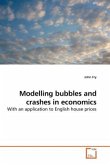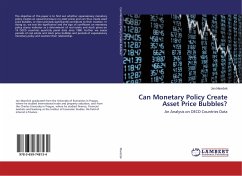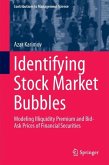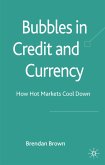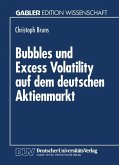Bubbles are recurrent economic phenomena that
frequently have far-reaching consequences for whole
economies, as was the case for the "dot-com bubble"
at the turn of the century or the recent real estate
bubbles. Clemens Eder examines whether stock price
bubbles actually exist and analyzes typical bubbles
episodes from the distant and recent past. The book
goes on to present the major types of explanatory
models: Traditional approaches are based on rational
expectations and symmetric information, demonstrating
that bubbles can occur even under these restrictive
assumptions. Newer models, on the other hand, allow
for irrational investors and/or asymmetric
information. Focusing on "noise trading" approaches,
several factors are identified that can lead to the
creation of bubbles. Finally, alternative
explanations derived from fields like catastrophe
theory or experimental economics are presented. The
book does not merely describe these models, but
critically analyzes, compares and evaluates them. It
thus represents an in-depth introduction to stock
price bubbles targeted at students, teachers and
researchers who are interested in capital market
theory and finance.
frequently have far-reaching consequences for whole
economies, as was the case for the "dot-com bubble"
at the turn of the century or the recent real estate
bubbles. Clemens Eder examines whether stock price
bubbles actually exist and analyzes typical bubbles
episodes from the distant and recent past. The book
goes on to present the major types of explanatory
models: Traditional approaches are based on rational
expectations and symmetric information, demonstrating
that bubbles can occur even under these restrictive
assumptions. Newer models, on the other hand, allow
for irrational investors and/or asymmetric
information. Focusing on "noise trading" approaches,
several factors are identified that can lead to the
creation of bubbles. Finally, alternative
explanations derived from fields like catastrophe
theory or experimental economics are presented. The
book does not merely describe these models, but
critically analyzes, compares and evaluates them. It
thus represents an in-depth introduction to stock
price bubbles targeted at students, teachers and
researchers who are interested in capital market
theory and finance.


